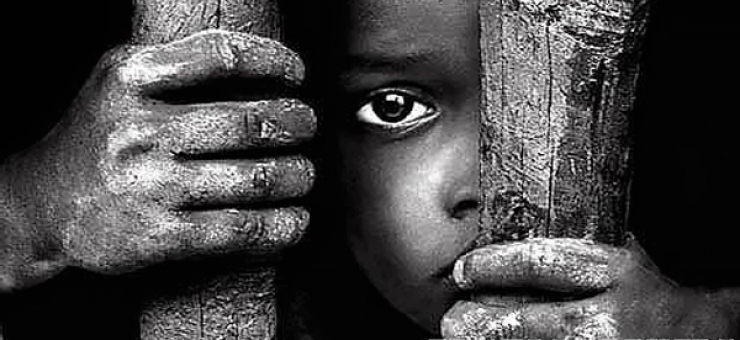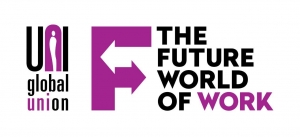UNI calls for world to “Make a Stand to End Modern Day Slavery”

UNI backs campaign for treaty to end modern day slavery, marking the International Day for the Abolition of Slavery
More than 25 million people are in forced labour among 40 million people who are victims of modern slavery, according to the ILO. And its big business with forced labour making $150 billion in illegal profits.
UNI Global Union is joining with the ITUC, ILO and many NGOs around the world to mark the International Day for the Abolition of Slavery (2 December 2017) and call for support for ratification for the ILO protocol to eliminate forced labour. The 50 for Freedom campaign aims to persuade at least 50 countries to ratify the Forced Labour Protocol by 2018 and UNI urges all its affiliates to sign up. The Protocol entered into force in November 2016 and is legally binding but requires countries to ratify it before it has treaty status under the UN.
Earlier this year at the UNI Africa regional conference in Dakar, Senegal UNI agreed a ‘Declaration Against Slavery’ that encompassed both a pledge never to forget the slavery of the past and a vow to fight against modern day slavery.
UNI Global Union General Secretary Philip Jennings led a delegation to Gorée Island where a plaque dedicated to all victims of slavery was unveiled to demonstrate UNI Global Union’s commitment to the fight against modern slavery.
Watch video of Gorée Island ceremony here
Jennings who is Chair of the ILO Child Labour Platform, said, “There are more than 150 million good reasons to end child slavery – one in four victims of modern slavery are children. We have to fulfil our pledge to end child slavery, it’s a moral imperative and UNI and its affiliates are totally committed to its cause.”
Facts and figures, (source ILO):
· An estimated 40.3 million people are in modern slavery, including 24.9 in forced labour and 15.4 million in forced marriage.
· There are 5.4 victims of modern slavery for every 1,000 people in the world.
· 1 in 4 victims of modern slavery are children.
· Out of the 24.9 million people trapped in forced labour, 16 million people are exploited in the private sector such as domestic work, construction or agriculture; 4.8 million people in forced sexual exploitation, and 4 million people in forced labour imposed by state authorities.
· Women and girls are disproportionately affected by forced labour, accounting for 99% of victims in the commercial sex industry, and 58% in other sectors.
Modern Slavery will be one of the key issues under discussion at the UNI World Congress in Liverpool in June 2018. UNI is partnering with the International Slavery Museum in Liverpool to further raise awareness of modern slavery and call for action.

